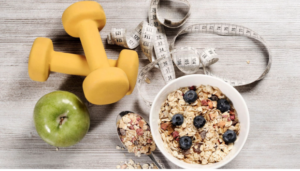
Receive 3 Months FREE On A New Scale
Welcome to our beginners guide to
Anxiety Free Weight Loss Guide
Weight loss is an important part of living a healthier life, and it doesn’t have to be something that causes anxiety. This Anxiety Free Weight Loss Guide will provide you with the necessary skills to lose weight in a way that is beneficial and stress-free.
We will cover all aspects of losing weight without anxiety. It will discuss strategies to reduce stress related eating habits and help you find motivation for achieving your health goals. Additionally, this guide will give you ideas on how to create healthy lifestyle changes that are sustainable and enjoyable.

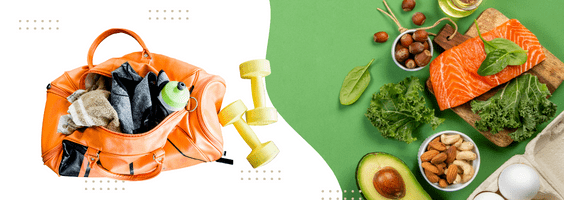
Want to know when you can achieve your weight loss goal?
Take our free self-assessment today!
click a link below to access specific topics
Navigate Easily Through Our Guide
Nutrition & Weight Loss
Guide to Eating Healthy and Nutrition Tips
Eating a healthy, balanced diet is one of the most important things you can do when wanting to lose weight. Although there’s no “one plate fits all” to ensure you eat the perfect diet, there are guides you can follow to help you better understand what is and isn’t suitable for your body.
So, what does a balanced diet look like?
We like to promote the 80/20 rule when it comes to eating right. The 80/20 rule is a guide for your everyday diet – eat nutritious foods 80 percent of the time and have a serving of your favorite treat with the other 20 percent.
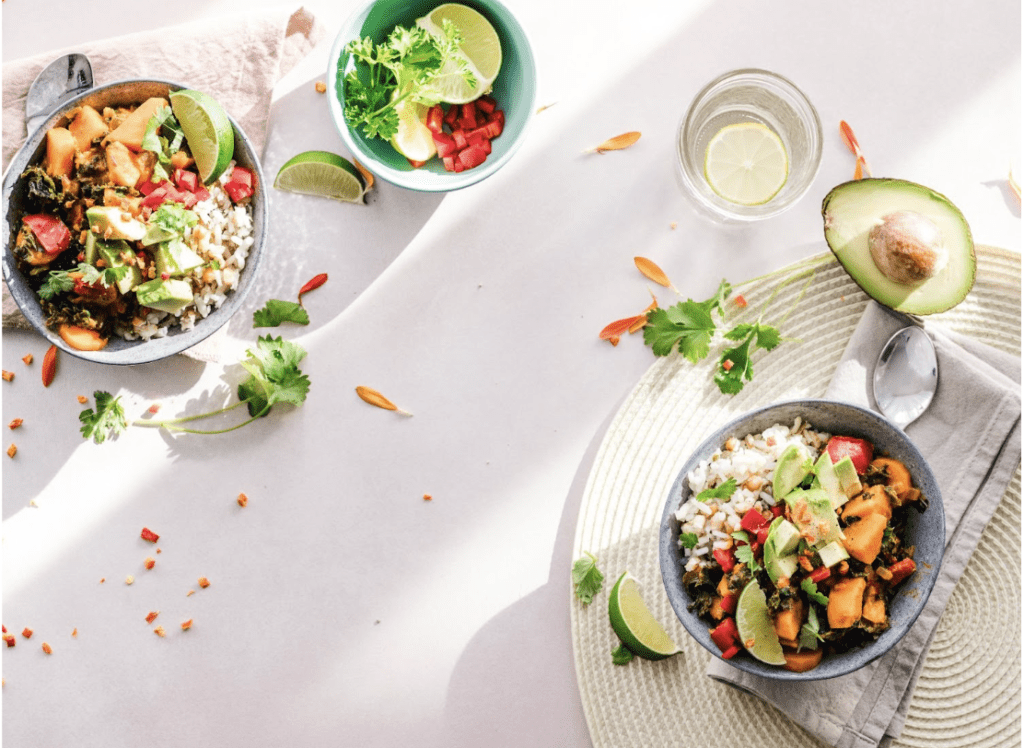
Should you worry about calories?
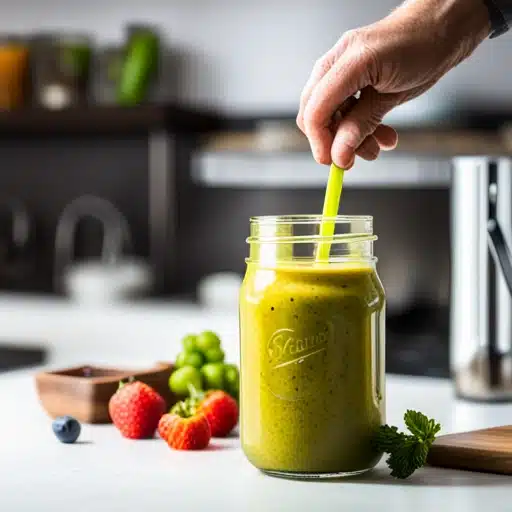
First we should talk about what calories are
Calories are simply a measure of the energy that we take in through our food and beverages, but they do not take into account the nutrient density of these foods.
What you should focus on rather than calories
Consuming nutrient-dense foods, such as fruits, vegetables, lean proteins, and whole grains, can aid in weight loss and overall health and should be prioritized over calorie counting. If you focus on high value foods over lower value foods it will be easier to stick to your diet regiment and get to your ideal bodyweight. You can read more about this topic at this Hardvard article.
- High-quality nutrition comprises unprocessed, minimally altered foods such as vegetables, fruits, whole grains, wholesome fats, and nutritious protein sources.
- Lower-quality nutrition encompasses heavily processed snacks, sugary beverages, refined white grains, processed sugar, fried fare, foods rich in saturated and trans fats, and high-glycemic options like potatoes.
Foods to Avoid
Although the 20 in the 80/20 rule allows for all food, there is a general rule to follow for nutrition when wanting to lose weight. Avoid these foods: carbonated drinks, french fries and potato chips, white bread and processed foods.
Burgers
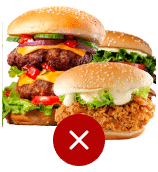
Sugary Soda
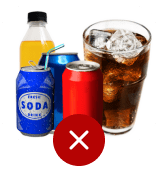
Baked Goods

Chips
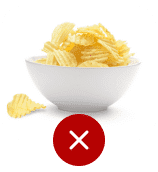
Candies

Ice Cream

Pizza
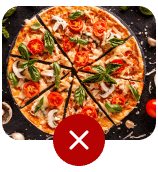
Sugary Pastries

Refined Meat

Foods To Add To Your Diet
Opt for nutrient-dense options such as lean proteins like chicken and fish, whole grains like quinoa and oats, a variety of vegetables, and healthy fats like nuts. These choices provide the necessary nutrients and promote satiety and sustainable weight management.
Various Fruits

Healthy Oils

Vegetables

Protein Powders
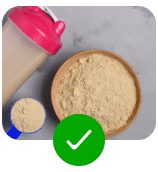
Nuts
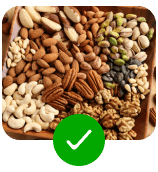
Yogurt

Seeds

Lean Meats
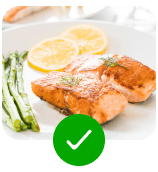
Leafy Greens

Read some of our recent articles on nutrition
Exercise & Weight Loss
Fitness Guide to Maximize Your Weight Loss
The next step in ensuring healthy weight loss is creating and executing a fitness plan. The rule to follow when wanting to lose weight is to perform at least 150 minutes of moderate aerobic activity or 75 minutes of vigorous aerobic exercise a week, or a combination of moderate and vigorous activity.
But, where do I start?
It can be a challenge in and of itself to create a plan of action for fitness, let alone execute, and continue to execute it. Here are some simple tips when exercising for weight loss:
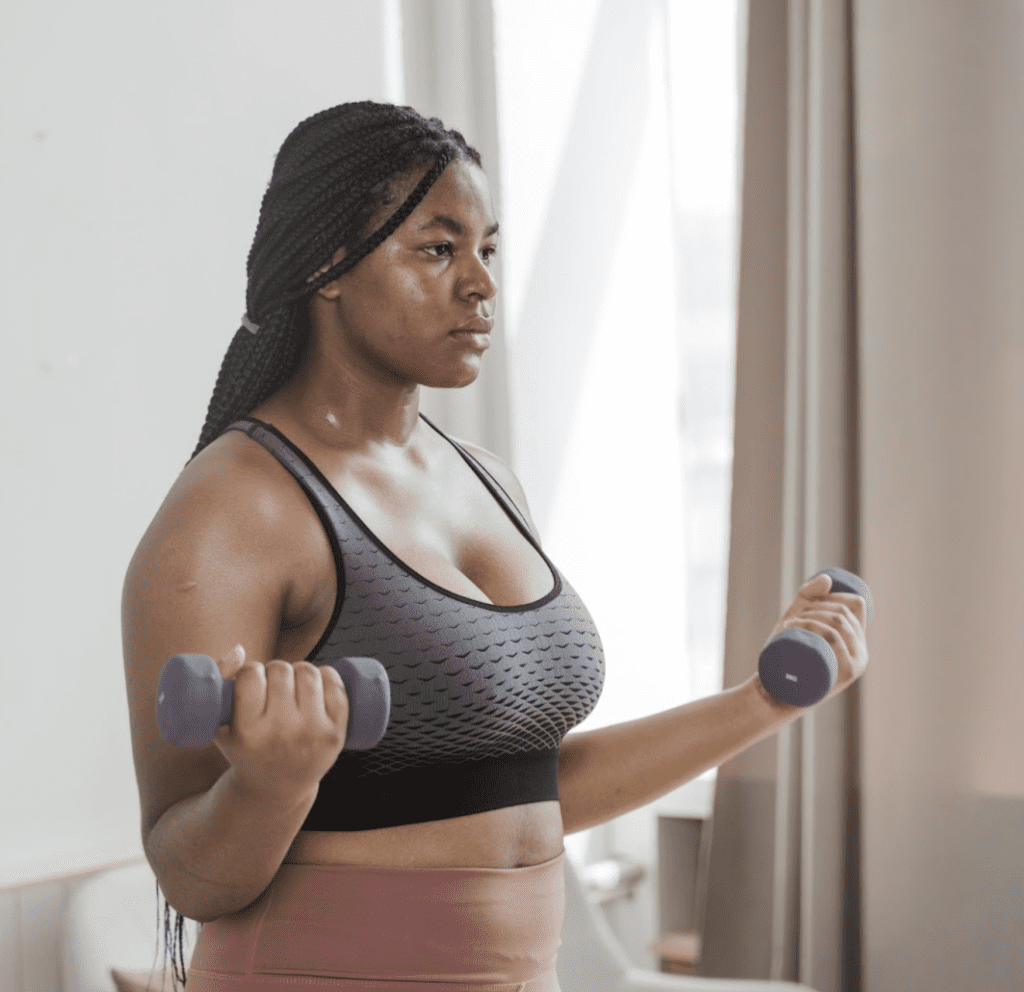
How much should you exercise?
Like we said before, getting in 75-150 minutes of moderate/vigorous aerobic activity daily is ideal for weight loss – if it’s possible. However if you can get in 20 minutes a few times a week that is a great place to start!
Here’s an easy guide to start with:
- Aim for 20 to 50 minutes of activity a day
- Include some strength training 2 days a week
- Move more and sit less (set alarms to remind you!)
- Try high-intensity intervals (slow-to-fast walking counts)
- Start at your own pace and find activities you enjoy! 💃
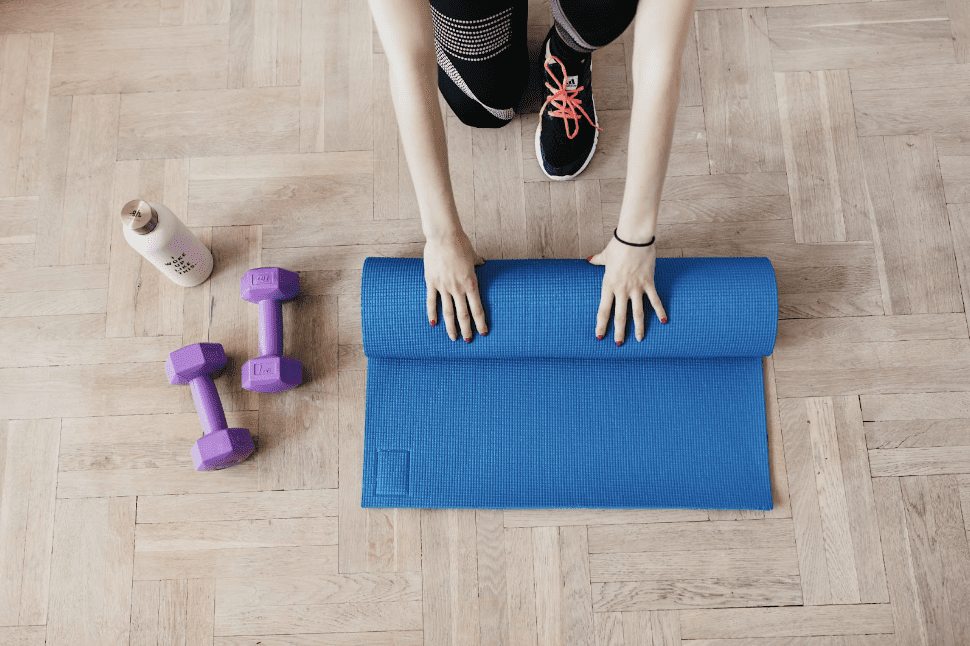
What exercises are best for weight loss?

Here are the 8 best exercises for weight loss:
Exercise | Calories Burned per Hour (Approximate) |
|---|---|
Walking (3 mph) | 204-314 calories |
Jogging/Running | 314-621 calories |
Cycling (12-14 mph) | 476-745 calories |
Weight Training | 314-493 calories |
Interval Training | 413-652 calories |
Swimming (laps) | 413-652 calories |
Yoga (Hatha) | 183-275 calories |
Pilates | 236-372 calories |
Learn more about exercise

5 Reasons Why You Gained Weight Overnight
Have you ever woken up in the morning, stepped on the scale, and been shocked to see that you’ve gained weight overnight? It’s a frustrating

Weight Loss Programs for Women
Effective Weight Loss Programs for Women Weight loss can be a challenging journey, especially for women who often face unique physiological and hormonal factors that

How to See How Much You Weigh Without a Scale
Maintaining a healthy weight is an important aspect of leading a healthy lifestyle. However, it’s not always easy to track your weight, especially if you
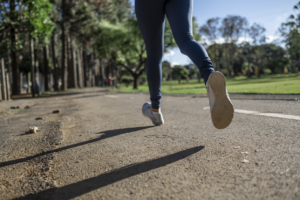
Why Does My Bathroom Scale Fluctuate?
Have you ever stepped on your bathroom scale, only to find that the weight displayed is higher or lower than what you expected? If so,
Mindfulness & Stress Reduction
A Guide to Practicing Mindful Eating
Mindful eating is a practice that involves paying attention to the food we eat, how we eat it, and why we are eating. It’s about being present in the moment and fully experiencing our meals without distraction. When we practice mindful eating, we become more aware of our hunger and fullness cues, which helps us make better choices about what and how much to eat.
One key aspect of mindful eating is slowing down and savoring our food. This means taking time to appreciate the flavors, textures, and smells of each bite instead of mindlessly shoveling food into our mouths. We can also pay attention to how different foods make us feel – do they energize or weigh us down? By tuning into our body’s signals, we can start to make more intentional choices about what nourishes us best.
Another important element of mindful eating is listening to our emotions around food.

How Stress Impacts Weight
When we’re stressed, our bodies release stress hormones, primarily cortisol, which can have a profound influence on our metabolism. Elevated cortisol levels can lead to increased appetite, particularly for sugary and high-fat foods, as well as a preference for comfort foods that are often calorie-dense. Moreover, chronic stress can disrupt sleep patterns, which can further exacerbate metabolic issues and hinder weight management. One study conducted by the American Psychological Association highlights the intricate relationship between stress and diet, underscoring the importance of stress management in maintaining a healthy diet and metabolic balance.
How to practice mindful eating
Mindful eating is a skill and habit that anyone can master. To practice mindful eating, individuals can focus on the following:

Step 1: Taking Time For Your Meals
Taking the time to eat slowly and savor each bite can help individuals become more aware of their physical hunger and fullness cues.

Step 2: Paying Attention To Your Food
Being present with the food and paying attention to its sensory experience can help individuals fully appreciate the flavors and textures of food.

Step 3: Avoid Distractions
Avoiding distractions such as TV or phones while eating can help individuals stay focused on the present moment and their experience of eating.

Step 4: Listening To Your Body
Paying attention to physical sensations such as hunger, fullness, and cravings can help individuals make healthier and more satisfying food choices.

Step 5: Appreciating Your Food
Think about and appreciate where the food comes from, such as a farm, a garden, a grocery store, a restaurant, or cooked by a family member. By taking the time to appreciate your food and engaging mindfully, you can enjoy your meals and develop a more positive relationship with food.
Science Behind Scales
Why Reinvent The Scale?

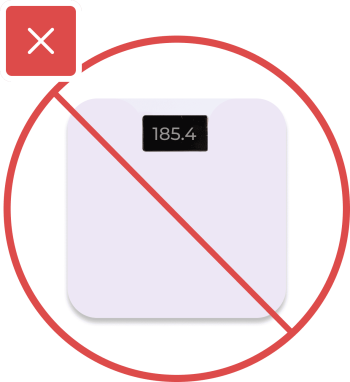
How Traditional Scales Are Demotivating
Read More On Scales

How to See How Much You Weigh Without a Scale
Maintaining a healthy weight is an important aspect of leading a healthy lifestyle. However, it’s not always easy to track your weight, especially if you

Why Does My Bathroom Scale Fluctuate?
Have you ever stepped on your bathroom scale, only to find that the weight displayed is higher or lower than what you expected? If so,

Why Does My Scale Keep Fluctuating?
Explore why your scale might be fluctuating and what steps you can take to maintain a consistent weight

Daily Weight Fluctuation Range
Weight fluctuation is a natural phenomenon that occurs in the human body. Our weight can vary by a few pounds within a day due to
Goal Setting & Weight Loss
Utilizing Personalized Missions
Shapa’s Artificial Intelligence learns your preferences and nudges you toward better behaviors.
Every Shapa journey starts with an extensive questionnaire about your current lifestyle, preferences, and environment. Then Shapa’s AI goes to work providing you customized small actions that match what you want and can sustainably work into your life to develop better habits. Over time, these small changes compound into big results!

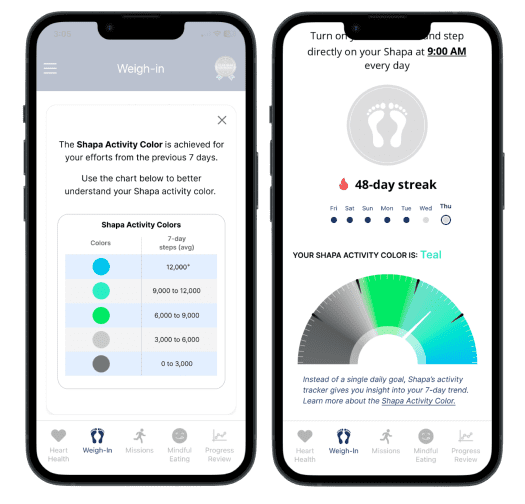
Activity Tracking
Check Out Our Most Popular Articles On Weight Loss

Your Shapa Experience, Your Way: Introducing Customizable Color Feedback
At Shapa, we believe every journey is unique and your feedback should match your needs.. That’s why we’re thrilled to introduce multiple algorithm options to

Why A Fresh Start With Shapa Can Positively Impact Your Weight Loss Journey
We often associate the start of a new year, a new month, or even a new week with a renewed sense of motivation. Behavioral scientists

5 Reasons Why You Gained Weight Overnight
Have you ever woken up in the morning, stepped on the scale, and been shocked to see that you’ve gained weight overnight? It’s a frustrating

Weight Loss Programs for Women
Effective Weight Loss Programs for Women Weight loss can be a challenging journey, especially for women who often face unique physiological and hormonal factors that
Keep in touch with Shapa
Shapa never shares nor sells your personal information.
Be informed about Shapa offers, promotions, and new products, sent directly to your inbox.
© 2023, Shapa Inc All rights reserved
Patent U.S. #10,347,152 #10,885,807 #11,222,730 #11,568,995,#18,101,151
Privacy Overview
| Cookie | Duration | Description |
|---|---|---|
| cookielawinfo-checkbox-analytics | 11 months | This cookie is set by GDPR Cookie Consent plugin. The cookie is used to store the user consent for the cookies in the category "Analytics". |
| cookielawinfo-checkbox-functional | 11 months | The cookie is set by GDPR cookie consent to record the user consent for the cookies in the category "Functional". |
| cookielawinfo-checkbox-necessary | 11 months | This cookie is set by GDPR Cookie Consent plugin. The cookies is used to store the user consent for the cookies in the category "Necessary". |
| cookielawinfo-checkbox-others | 11 months | This cookie is set by GDPR Cookie Consent plugin. The cookie is used to store the user consent for the cookies in the category "Other. |
| cookielawinfo-checkbox-performance | 11 months | This cookie is set by GDPR Cookie Consent plugin. The cookie is used to store the user consent for the cookies in the category "Performance". |
| viewed_cookie_policy | 11 months | The cookie is set by the GDPR Cookie Consent plugin and is used to store whether or not user has consented to the use of cookies. It does not store any personal data. |


